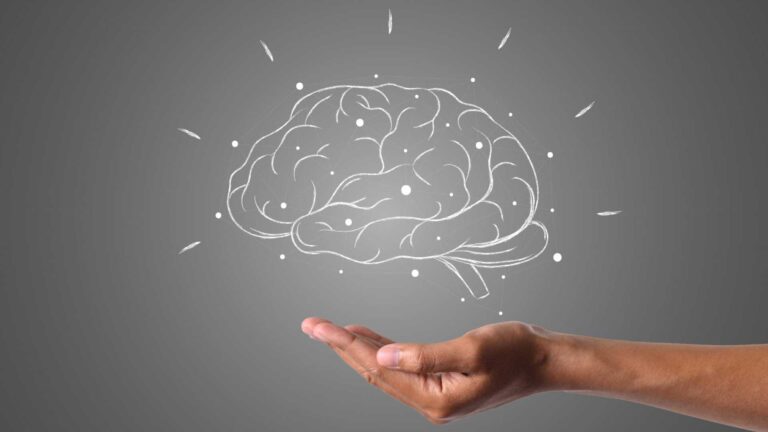In Viernes, we know that a picture is worth a thousand words, so when it comes to making our communication and marketing strategies work better, what could be more effective in connecting with the consumer than a video?
If we ask a person to imagine a dog through an auditory advertisement or simply with text, the interlocutor might think of a hot dog because they are hungry at that moment or because they are in a movie theater and that’s the stimulus their brain is emitting. They may also remember their childhood dog or the puppy they plan to adopt. A loose message without clear and specific communication objectives can lead our client down unwanted paths because they become a stray bullet traveling without a defined path.
Audiovisual production has the power to evoke our five senses. How? Consuming multimedia content allows you to travel through the files of your brain to develop the necessary stimuli that recreate the sounds, colors, shapes, smells, sensations, and flavors of what the image or audio is narrating. Why? Because our brain stores different memories and associates them with the auditory, sensory, visual, and olfactory elements that at some point created such an impact on it, transforming into realities that we recreate through a stimulus.
Despite the abundant information that exists about the harmful effects of excessive consumption of fast food, alcoholic beverages, or cigarettes, these products continue to be the best-selling in their categories. This is because our brain will always seek indulgence and danger, what awakens the senses, taste, and therefore pleasure, above what is rational. This is where we must focus our corporate video production, interactive content, commercials, and more: using storytelling to awaken those stimuli so that the customer/consumer feels that our product/brand is what they really want.
Neuromarketing has focused on studying people’s emotions. It involves evaluating what a stimulus can provoke in them when making a purchase process, understanding the factors that influence their decision before, during, and after, detecting the emotional impact that the product or brand generates.
More than 85% of purchases are made unconsciously, and the decision occurs during the first 3 seconds of exposure to the stimulus.
At Viernes, we have found an assertive way to influence consumers through communication solutions that achieve:
• Building a creative and coherent storytelling with the brand/company. The approach in line with neuromarketing should not be rational.
• Evoking cherished memories. An example of this is Christmas campaigns where brands take people back to their childhood, the warmth of their grandparents, and the magic of innocence.
• Ensuring that audiovisual content also permeates the senses of taste, touch, and smell. Through images and sounds, the content can make the customer feel the scent of the product, imagine how it feels to touch it, and even activate their taste buds. Audiovisual content, despite being based on images and sound, has enough power to evoke the five senses.
• Impacting the consumer’s unconscious. Remember that the brain wants indulgence and danger. Therefore, many people, after exhausting exercise sessions, seek highly caloric food to compensate, that is, “since I have already exercised, I can treat myself.” Therefore, audiovisual content should provide that indulgence, not be guided by rational information because what the customer really wants is sometimes different from what they say they prioritize. It is essential to develop that emotional intuition to go beyond.
For us, working from a neuromarketing approach is undoubtedly a challenge because it demands that stories achieve the consumer’s attention, emotion, and recall. Our content is captivating in terms of emotions, forgetting institutional and linear approaches where the script is structured from the consumer towards the brand, making the information clear and simple, emotional and sensory. At Viernes, we seek the absolute personification of the brand to connect them with their audiences and society, keeping in mind that the customer’s brain will never reveal what they are truly willing to consume. This leads us to take risks by thinking about those indulgences that, despite not being expressed, will still conquer the heart of those we are impacting.

